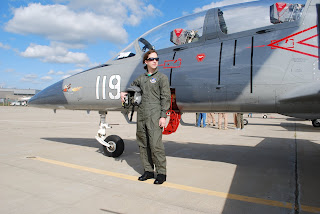Airspeed – VIDEO – CAP Glider Sorties from Steve Tupper on Vimeo.
Subscribe to Airspeed through iTunes or your favorite other podcatcher. It’s all free!
These are the show notes to a video episode. If you want to watch online, please use the direct link below. http://media.libsyn.com/media/airspeed/AirspeedCAPGlider.m4v.
Here’s the video from my first two glider sorties. I went up during the Oakland County International Airport (KPTK; “Pontiac”) Open House 16 August 2009 with Mark Grant.
These were CAP sorties with CAP equipment both towing and towed. And we were in some pretty busy Class D airspace, as you can hear. Great experience. I need to get out and get some stick time as well. Maybe a project for next summer.
BTW, I’m a CAP major and member of CAP’s Oakland Composite Squadron in southeast Michigan. That’s how I got access to these great rides. I also volunteered at the event, handing kids and adults into and out of the CAP aircraft.
I put this footage up in and Airspeed episode because it was a great experience and because I promote CAP to anyone who’ll listen. But you should know that CAP doesn’t endorse or promote Airspeed. Fair enough?











